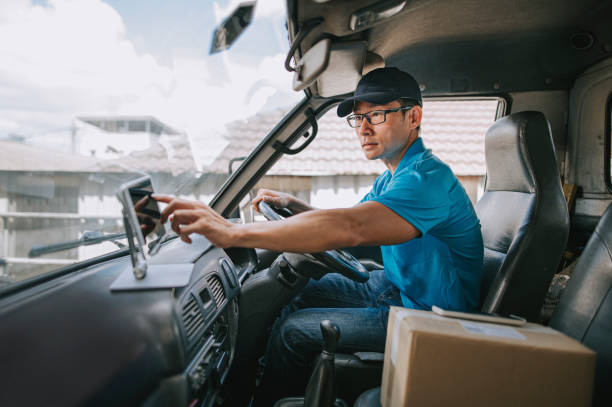A Practical Guide to Becoming a Medicine Delivery Driver Today
The role of medicine delivery drivers has become increasingly vital in today's healthcare landscape. These professionals ensure that essential medications reach patients promptly and safely, contributing significantly to public health. This guide explores the key aspects of becoming a medicine delivery driver, from qualifications to daily challenges, providing a comprehensive overview for those interested in pursuing this career path.

What are the essential qualifications for medicine delivery drivers?
To become a medicine delivery driver, certain qualifications are necessary to ensure the safe and efficient transportation of medications. A valid driver’s license is the primary requirement, often with a clean driving record. Many employers prefer candidates with a high school diploma or equivalent. Additional certifications, such as HIPAA compliance training, may be required due to the sensitive nature of medical information.
Physical fitness is important, as the job often involves lifting and carrying packages of varying weights. Strong organizational skills and attention to detail are crucial for managing deliveries and maintaining accurate records. Excellent communication skills are also vital, as drivers interact with healthcare providers, pharmacies, and patients.
How does the regulatory landscape impact medicine delivery?
Understanding the regulatory landscape is critical for medicine delivery drivers. The transportation of pharmaceuticals is governed by strict regulations to ensure patient safety and medication integrity. Drivers must adhere to guidelines set by organizations such as the Food and Drug Administration (FDA) and the Drug Enforcement Administration (DEA).
Compliance with HIPAA regulations is paramount, as drivers handle confidential patient information. This includes maintaining the privacy of prescription details and patient addresses. Additionally, drivers must be familiar with state and local laws regarding the transportation of controlled substances, which may require special handling and documentation.
What safety protocols and best practices are essential for delivering medicine?
Safety is a top priority in medicine delivery. Drivers must follow strict protocols to maintain the quality and integrity of medications during transport. Temperature control is crucial for many pharmaceuticals, requiring drivers to use specialized vehicles or containers with temperature monitoring systems.
Secure packaging and handling procedures are essential to prevent damage or theft. Drivers should verify the contents of each package against the delivery manifest before departure. Upon delivery, obtaining proper signatures and identification from recipients is standard practice to ensure medications reach the intended patients.
How can drivers navigate common challenges in medicine delivery logistics?
Medicine delivery drivers face various logistical challenges daily. Traffic congestion and route optimization are ongoing concerns, requiring drivers to plan efficiently and adapt to changing conditions. Weather-related issues can also impact deliveries, especially for temperature-sensitive medications.
Managing time-sensitive deliveries is crucial, as some medications may be urgently needed. Drivers must prioritize deliveries while maintaining compliance with regulations and safety standards. Effective communication with dispatch and healthcare providers is essential for addressing unexpected issues or changes in delivery schedules.
What insights can experienced medicine delivery drivers offer?
Experienced medicine delivery drivers emphasize the importance of building relationships with healthcare providers and pharmacies. These connections can streamline the delivery process and help resolve issues more efficiently. They also stress the significance of staying updated on pharmaceutical regulations and new medications entering the market.
Many seasoned drivers recommend developing a system for organizing deliveries and maintaining accurate records. This can include using digital tools for route planning and delivery confirmation. They also highlight the rewarding nature of the job, as it directly impacts patient care and well-being.
| Qualification | Importance | Notes |
|---|---|---|
| Valid Driver’s License | Essential | Clean driving record preferred |
| High School Diploma | Preferred | Or equivalent education |
| HIPAA Compliance Training | Often Required | Ensures patient privacy protection |
| Physical Fitness | Important | For handling packages of various weights |
| Organizational Skills | Crucial | For managing deliveries and records |
| Communication Skills | Vital | For interacting with providers and patients |
Prices, rates, or cost estimates mentioned in this article are based on the latest available information but may change over time. Independent research is advised before making financial decisions.
Becoming a medicine delivery driver offers a unique opportunity to contribute to healthcare services while enjoying a dynamic work environment. By understanding the qualifications, regulations, safety protocols, and common challenges associated with this role, aspiring drivers can better prepare for a successful career in medicine delivery. As the healthcare landscape continues to evolve, the demand for skilled and reliable medicine delivery drivers is likely to remain strong, making it a promising career path for those interested in this field.




